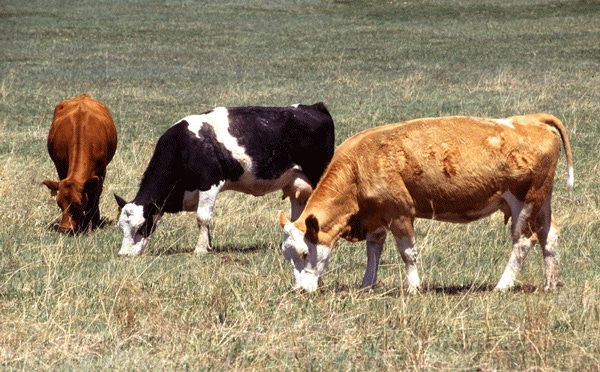April 5, 2011

For those who have not yet negotiated pasture rental rates for this year, Kansas State University agricultural economist Kevin Dhuyvetter reminds that there are several factors that landowners and livestock producers should consider as they negotiate rates.
Numerous factors influence the rental rate for any tract of land, such as forage quality, stocking rate, size of pasture, water availability and more, but there are three primary factors that explain much of the variability in average rental rates over time, said Dhuyvetter, who is a farm management specialist with K-State Research and Extension.
Three primary factors
“First, rates trend up over time and so are expected to increase from year to year, all else being equal,” he said. “Second, rates are positively related to cattle prices. For example, rental rates tend to increase more when cattle prices are high compared to when cattle prices are low. Third, rental rates are positively related to corn prices, suggesting that producers will pay more to rent grass when feed prices are high.”
Dhuyvetter and a team of economists built those relationships into a tool that can help pasture owners and livestock producers as they negotiate rental agreements. The tool and related resources can be found online at http://www.agmanager.info/farmmgt/land/lease/.
The tool might prove especially handy now that Kansas Agricultural Statistics is no longer publishing the publication, Bluestem Pasture Release, because of budget issues, the agricultural economist said.
Rates this year
When it comes to this year, Dhuyvetter noted that while rates will vary depending on cattle type and grazing program, various factors generally suggest an increase in rental rates of 6 to 10 percent from last year’s rates.
“The percentage change for the previous 30 years has averaged roughly 1.5 to 2 percent per year, so this suggests pasture rates in 2011 are expected to increase more than average due to this year’s historically high cattle and corn prices,” Dhuyvetter said. “It is important for landowners to recognize that while the current economic conditions (high corn and cattle prices) reflect conditions that suggest pasture rental rates likely will increase more than average, rates also may need to decrease if and when conditions go the other direction.”
If cattle or feed prices change significantly in the next month or two, producers and landowners may want to plug those values into the model to see how the changed values impact projected rental rates, he said.
You May Also Like




